Green Mountain Boxwood
$44.50 Original price was: $44.50.$31.15Current price is: $31.15.
- Free Shipping over $25
- Fast & reliable delivery options
- Enjoy top quality items for less
- Multiple safe payment methods

Boxwoods are a mainstay of gardens, particularly among gardeners who like to see formal clipped shapes, but also with those who look for stable shapes in their gardens. Having permanent structure is important in any garden, as it forms the stable background to the daily changes in flowering plants and trees.
Many boxwoods are low growing, and suitable for low hedges or clipping into balls, but sometimes what we want is something taller, for a taller hedge, or for creating large pyramids and cones. If you are fortunate enough to live in a milder area, then the American boxwood will be perfect for that job, but that plant is really only hardy to zone 5, so if you live in a colder area, finding something suitable can be a challenge. Or at least it was, before the development of the Green Mountain Boxwood.
This superb plant forms an upright shrub with a natural conical shape, reaching 5 feet tall, but staying only 2 to 3 feet wide. Best of all, this hybrid plant combines the genes of the American Boxwood with the hardy Korean Boxwood, producing a plant with all the good-looks of the American one, but with the hardiness of its Korean cousin. If you live in warmer areas, this plant is still an excellent choice, because it has a natural conical form, and it is tough and reliable. If you want a medium-sized hedge, or clipped cones and pyramids, this is a great choice wherever you live.
The Green Mountain Boxwood can be planted in a row to form a hedge anything between 2 and 5 feet tall – perfect for sub-dividing your garden into garden ‘rooms’ for multiple functions. As well, it clips easily into upright cones or pyramids, bringing height and strength to the arrangement of your garden. It can also be used more informally, with little or no clipping, to bring a strong upright form to your background shrubs, or the foundation planting around your home. Only a few gardeners think to plant boxwood as a natural, unclipped shrub, but it works well in that form, creating beautiful billowing shapes in permanent rich greens all year round.
Origins of the Green Mountain Boxwood
American boxwood (Buxus sempervirens) is, despite its name, a British and European plant that was brought to American in 1653 for the early colonial gardens. The colder climate in some parts of the country proved too much for it, and it was only in the 19th century that other boxwoods from Asia were introduced, including the Korean boxwood. That plant (Buxus sinensis var. insularis) is much more reliable in cold climates, and is very popular, but its foliage is not quite as glossy and attractive as the American boxwood.
If anyone in North America understands gardening in cold conditions, it must be the Canadians, and plant breeders at Sheridan Nurseries, in Montreal, decided to tackle the problem of creating hardier boxwood plants. Starting in 1955 with a batch of seedlings from a cross between the English and Korean boxwoods, they eventually released four special hybrids. These had been carefully tested for hardiness, and one – called ‘Green Mountain’ – was notable for its size and natural upright form, as well as, of course, for its hardiness. It was released in the mid-1960s, and has become the gold standard for a taller, upright boxwood in cold climates.
Planting Your Green Mountain Boxwood
The Green Mountain Boxwood can be planted in almost all light conditions, from full sun to full shade. Avoid very dark places underneath low trees, but in all other garden locations this plant will thrive. It grows well in almost any type of soil, from sand to clay, as long as it is not constantly wet.
Improving the soil with organic material before planting will get your shrubs off to a great start, and a regular program of watering and fertilizing will give you maximum growth and perfect health. For a hedge, put plants 12 to 18 inches apart, in a row. Don’t plant too close to fences or walls – allow at least 12 inches between the hedge and the fence.
This plant has few significant pests and diseases and it usually avoided even by deer. Trimming can be done throughout the growing season, from spring to early fall, but avoid clipping in winter, especially if you live in a cold area.
Quality of Our Green Mountain Boxwoods
It is important, if you are planting boxwoods, to be sure you have the plant that is best for your purpose, and cheap seedling trees, that have not been selected or tested for hardiness, will simply not give you the results you need, and be a great disappointment. Our plants are exact duplicates of that original tough plant, and they are grown from selected stem pieces that are carefully rooted and grown under controlled conditions to be the best possible specimens of this valuable plant.
Buying Green Mountain Boxwood at The Tree Center
Because of its unique combination of cold-hardiness and upright form, the Green Mountain Boxwood is always in high demand. We have a good supply of top quality plants, regularly renewed so that we can ship out the best plants available. However, such a top-selling plant is not always available, so order now to avoid disappointment.
Be the first to review “Green Mountain Boxwood” Cancel reply
Related products
Pieris
Butterfly Bush
Lilacs
Shrubs and Hedges
Lilacs
Rhododendron
Boxwood Shrubs
Hydrangeas


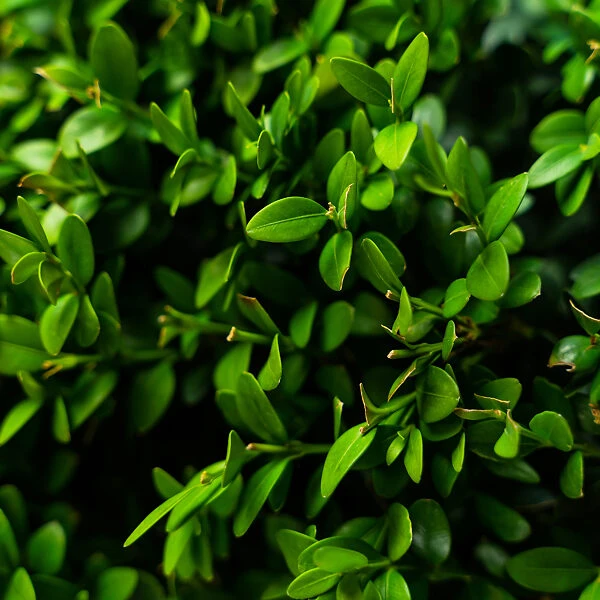
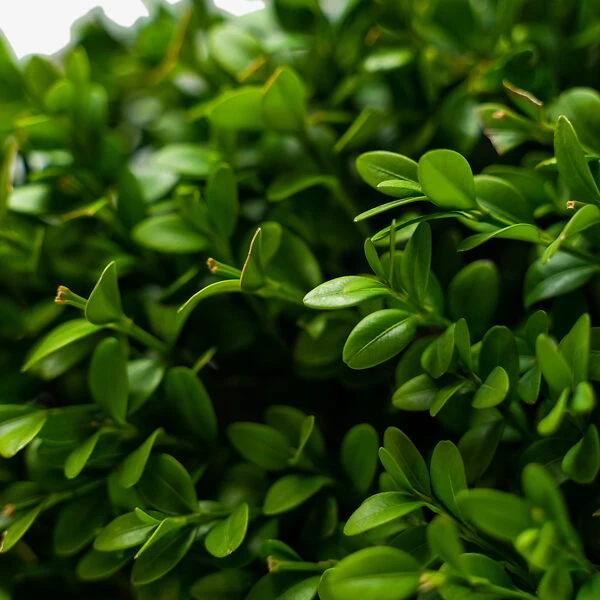
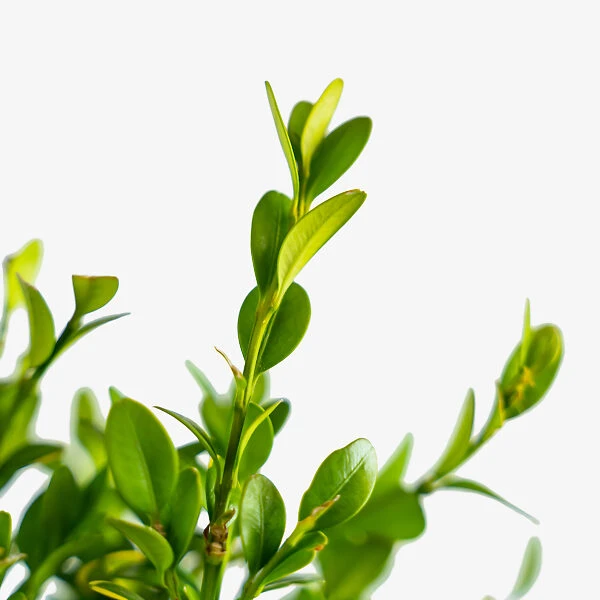




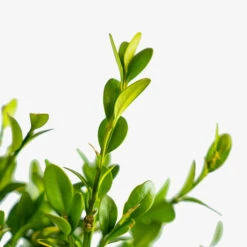
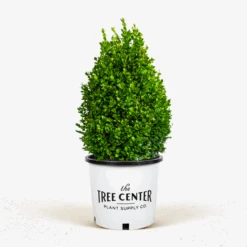

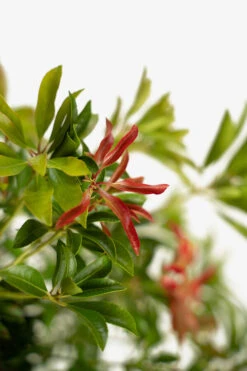


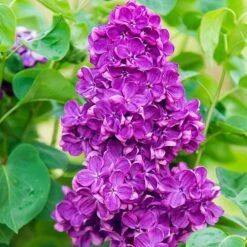
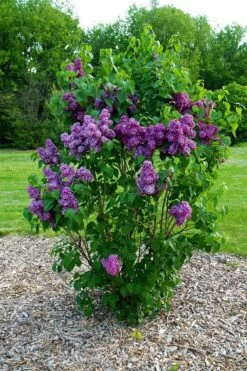
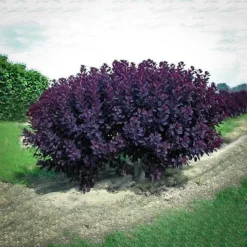
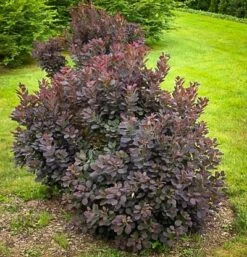

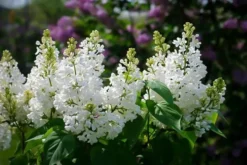

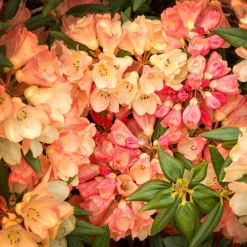
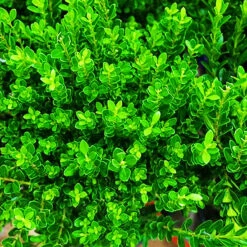



Reviews
There are no reviews yet.